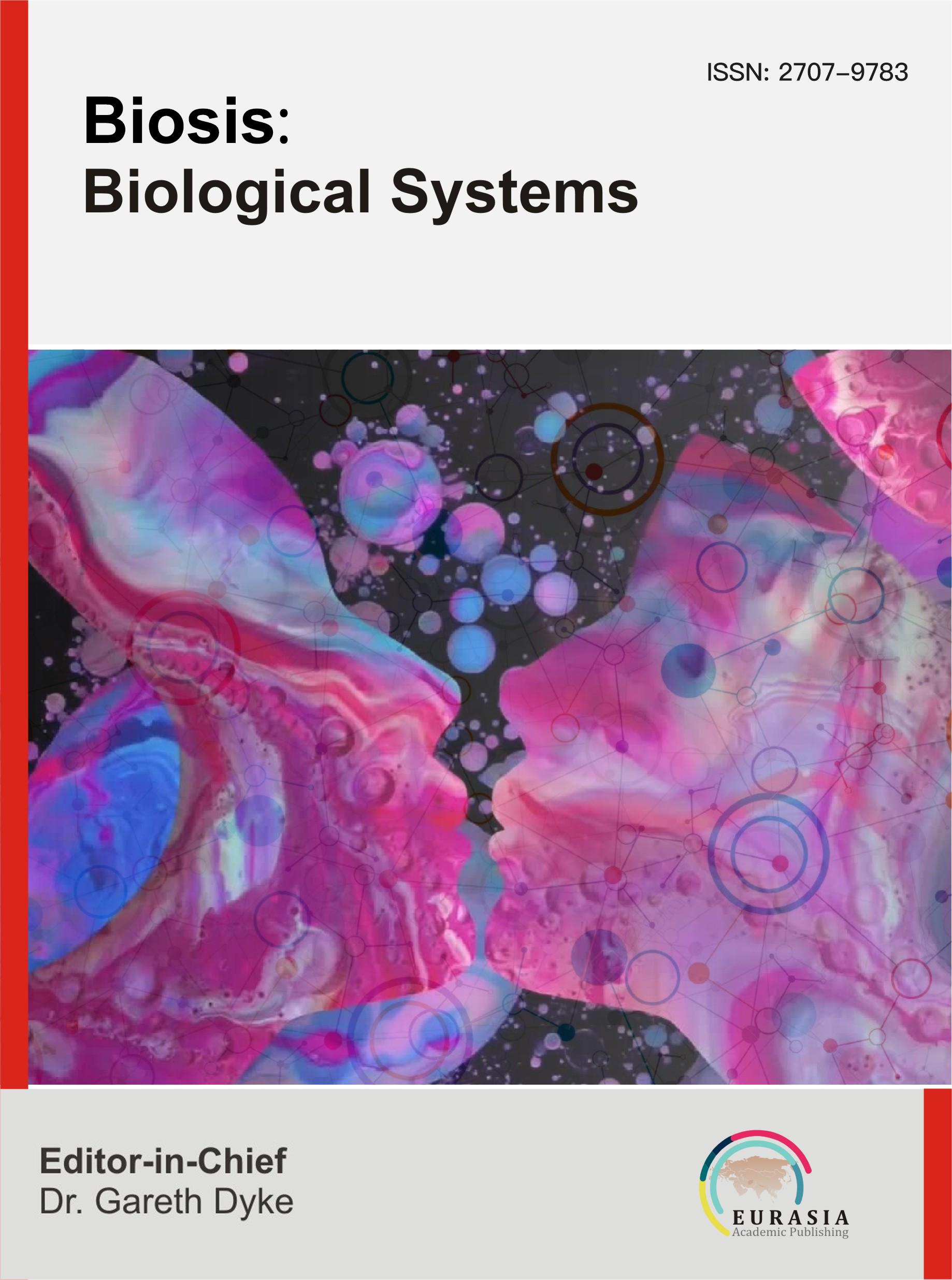Xin Wang
Angiosperms are the single most important plant group in the current ecosystem. However, little is known about the origin and early evolution of angiosperms. Jurassic and earlier traces of angiosperms have been claimed multiple times from Europe and Asia, but reluctance to accept these records remains. To test the truthfulness of these claims, palaeobotanical records from continents other than Europe and Asia constitute a crucial test. Here I document a new angiosperm fruit, Dilcherifructus mexicana gen. et sp. nov, from the Middle Jurassic of Mexico. Its Jurassic age suggests that origin of angiosperms is much earlier than widely accepted, while its occurrence in the North America indicates that angiosperms were already widespread in the Jurassic, although they were still far away from their ecological radiation, which started in the Early Cretaceous.







